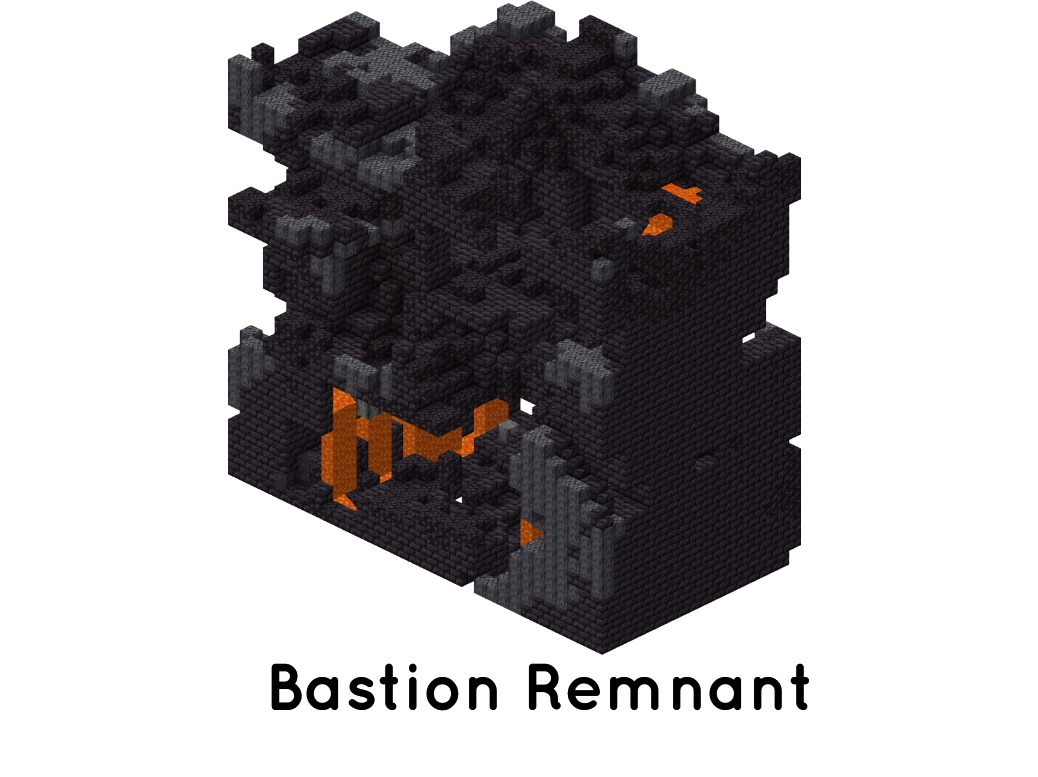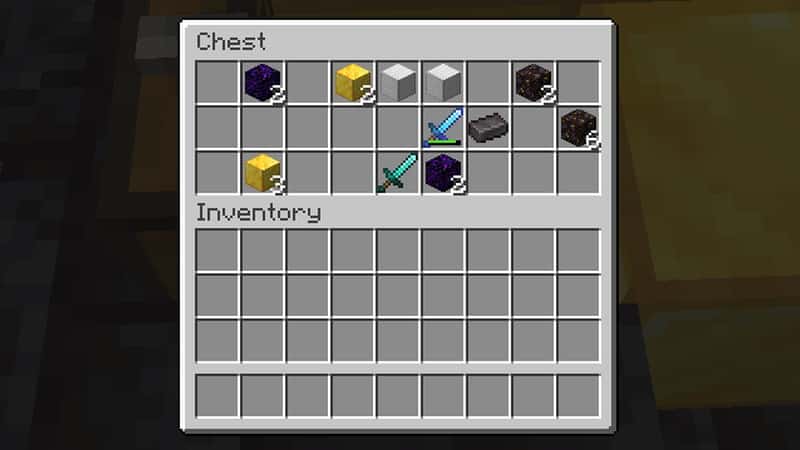

The process does not, however, occur when the player uses a structure block doing so results in a structure containing jigsaw blocks. The above process is repeated for all jigsaw blocks in the initial template, as well as any jigsaw blocks in additional templates, until no jigsaw blocks remain (or until the game decides that the structure is large enough). Finally, both jigsaw blocks are replaced with their respective "Turns into" block.The template is placed so that the second jigsaw block is facing and adjacent to the first.This gives two jigsaw blocks to be "attached". If there are multiple such blocks, choose one at random.This template contains at least one jigsaw block with the same attachment type as the block used to generate the template. Choose a random template from the target pool.

Each jigsaw block then uses the following process to generate another template: The generation of these structures begins with a template containing jigsaw blocks. Jigsaw blocks are used only in the generation of pillager outposts, villages, bastion remnants, ruined portals, and ancient cities other structures use hardcoded generation. Uses parameters set in levels to generate the next parts of the structure.Can be used to generate next structure pieces with the jigsaw block.Determines if the next structure includes the jigsaw blocks it contains or become what its "Turns into" field is set to.Determines how many jigsaw block "levels" it goes through when the "Generate" button is used (ex.Useful for connecting structures or non-moving entities. Aligned: When generated, the jigsaw block places the targeted structure or entity directly on top of or below the jigsaw block depending on which way it faces.

Rollable: When generated, the jigsaw block randomly places the targeted structure or entity within the boundary of the structure block on the same XZ axis the jigsaw block is facing.



 0 kommentar(er)
0 kommentar(er)
